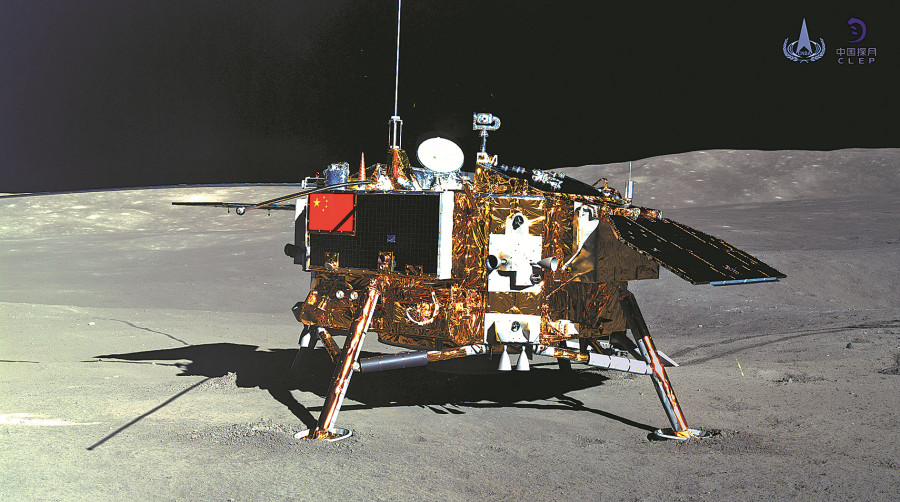The efforts that have carried life beyond low earth orbit, and close to the vicinity of the Moon, have a few things in common. They have left Earth and been sent on their way by a launch system using a rocket. The spacecraft has had to determine its location in space (navigation) and apply force in appropriate directions to get to the Moon (guidance). To get on to the Moon's surface, they have needed a landing system, again using rockets, to slow their velocity so they would not disintegrate on contact with the Moon. They have also needed a pressure vessel to maintain an atmosphere, which the Moon doesn't have, but that life requires. All have used electronic computers to handle some if not all of their navigation, guidance, control, and telemetry. Finally, a surface rover is a common component.
Whether a launch system, spacecraft, landing system, or rover most vehicles or crafts include a mechanical structure, fluid valves and pumps, electrical-mechanical actuators, electrical sensors, a processor or controller (CPU) to monitor systems and make changes, and an electrical power supply.


This site is intended to provide hobbyists and students with pointers to software that can help with the engineering of micro controller (CPU) controlled devices. The software referenced here is all either free, inexpensive, or demo software so it can be tried without initially investing significant money. A few of them are tools we've developed, but most we've found at other places on the web. Where possible we've included a link to the site where you can get the latest version rather than a direct download of a possibly stale version. All CPU software development tools mentioned here will be for 16-bit or 8-bit micro controllers since there are plenty of Linux, Unix, VxWorks, and Windows based tools for most 32-bit and 64-bit CPUs. Also, 32-bit and 64-bit CPUs typically consume more power than 16-bit and 8-bit micro controllers and thus can't last as long without being recharged.
- For tools to help with the understanding of and chemistry, select
- Chemical Engineering
- For help with the development of electronic hardware for input sensors, select
- Electronics Design tools
- For a list of micro controllers and tools to help with the development of software for them, select
- Software Engineering and Processor Architecture
- For help with the development of control systems, select
- Control Systems suggestions
- For tools to help with the development of mechanical hardware, select
- Mechanical Engineering tools
- For tools to help with the understanding of rocketry, select
- Rocket Engineering






















